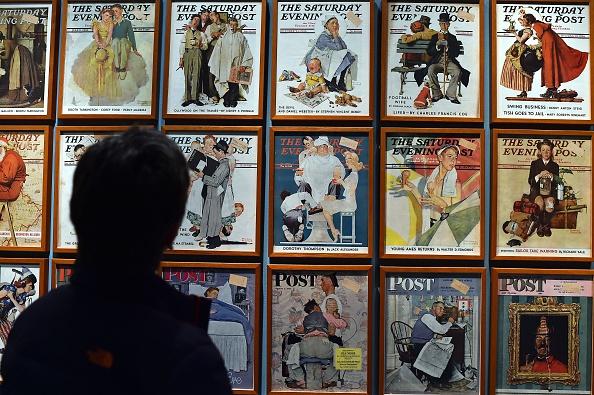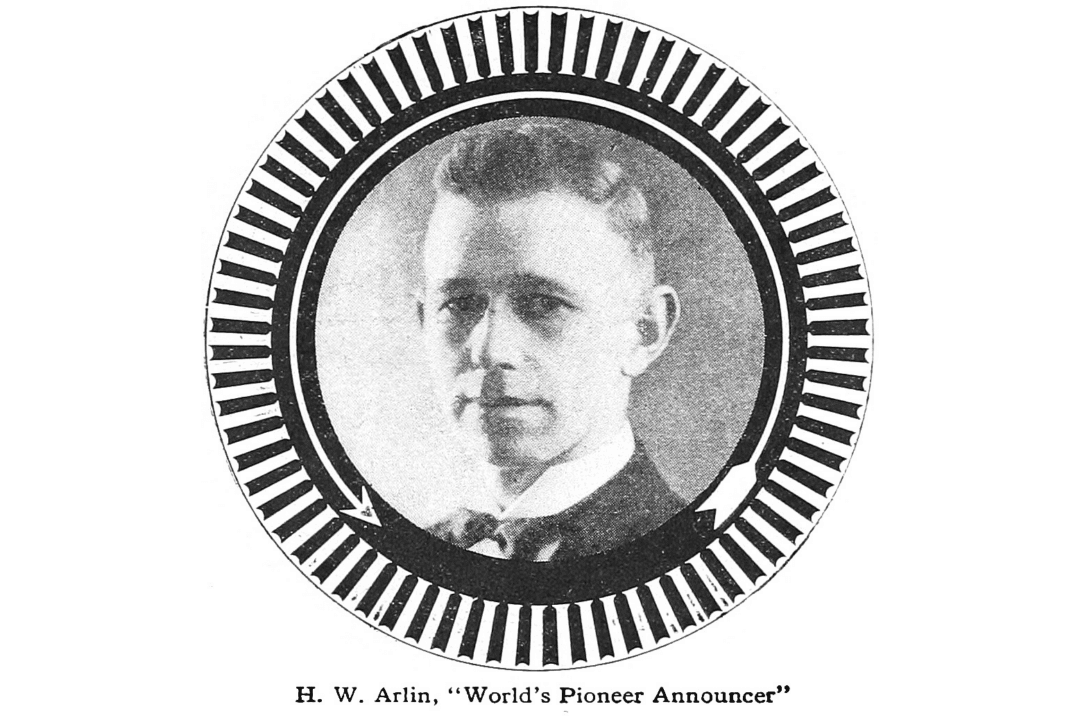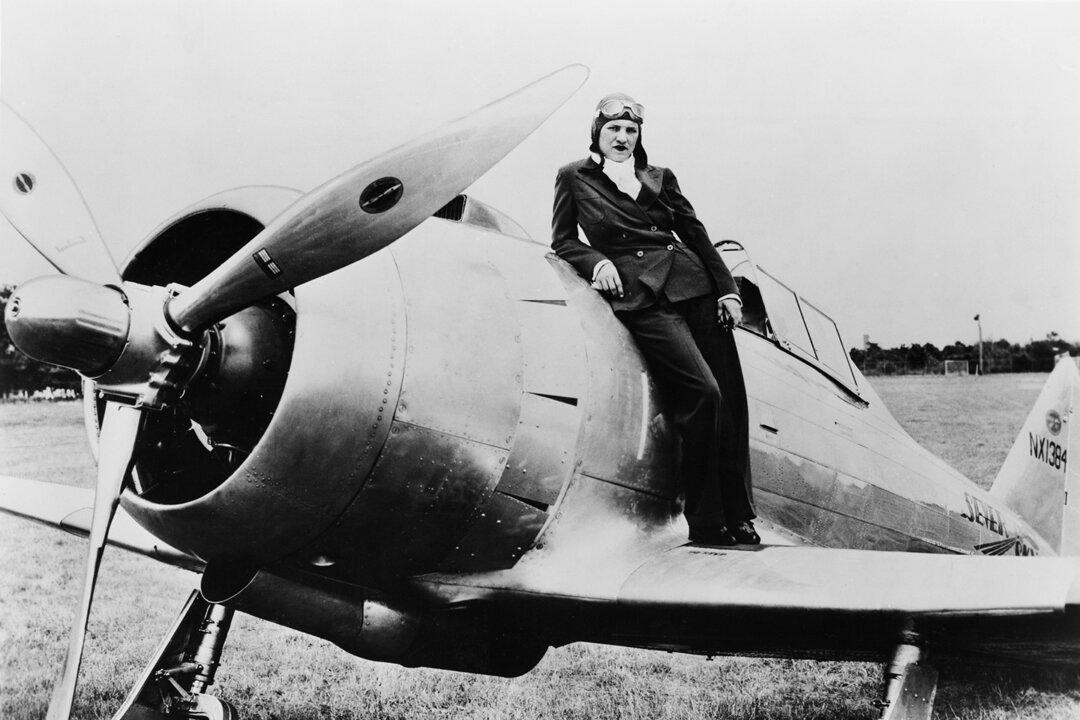During the middle of the 20th century, Norman Rockwell became America’s artist. He captured the best of what America represented: freedom, friendship, and family, these typically encapsulated with a sense of patriotism. Yes, it was Rockwell who captured all that with his artistic realism, but the depth to which he captured that reality depended heavily on the people he used as models. S.T. Haggerty, in his book “Norman Rockwell’s Models: In and Out of the Studio,” focuses on the models Rockwell used in order to make his art connect with average Americans.
Instead of professional models, Rockwell preferred regular people. His art reflected the everyday activities of everyday citizens. Who better to stand in for those moments than his neighbors, friends, and family members? This may be a known fact for many Rockwell fans and enthusiasts, but Haggerty takes readers much deeper into Rockwell’s masterpieces. He tells the story behind the paintings, but more than that, he tells the stories of those who modeled for specific pieces.






